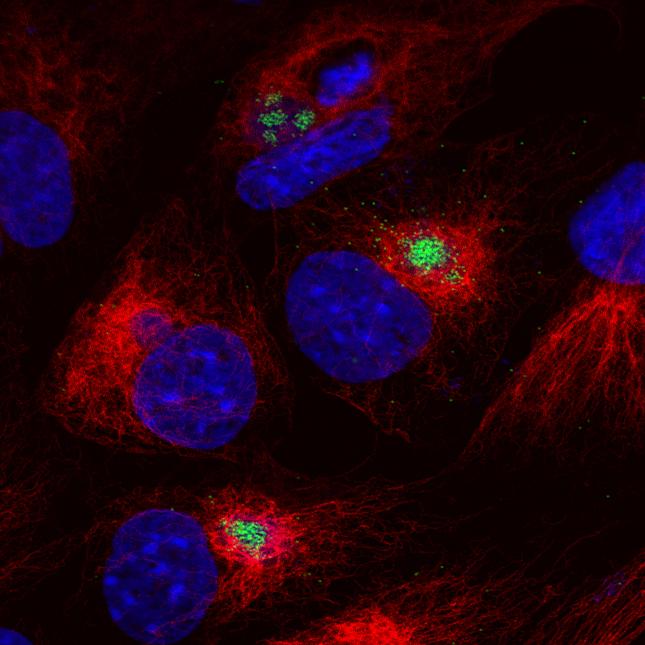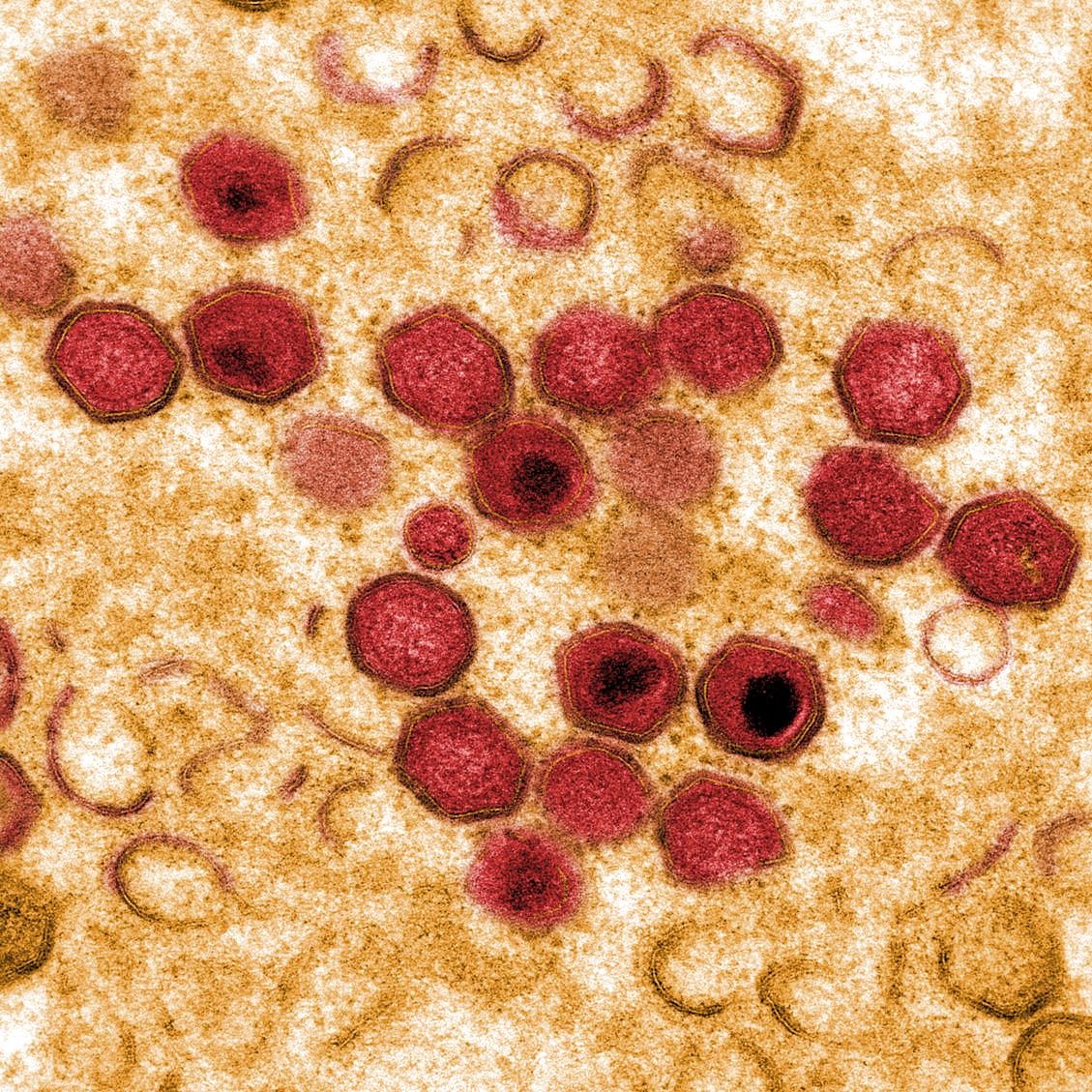African swine fever: update on Eastern, Central and Southern Africa
Control of African swine fever (ASF) in countries in Eastern, Central and Southern Africa (ECSA) is particularly complex owing to the presence of all three known epidemiological cycles of maintenance of the virus, namely an ancient sylvatic cycle involving the natural hosts and vectors of the disease as well as domestic cycles with and without involvement of natural vectors. While the situation is well documented in some of the countries, for others very little information is available. In spite of the unfavourable ASF situation, the pig population in the sub-region has grown exponentially in recent decades and is likely to continue to grow in response to rapid urban growth resulting in increasing demand for animal protein by populations that are no longer engaged in livestock production. Better management of ASF will be essential to permit the pig sector to reach its full potential as a supplier of high quality protein and a source of income to improve livelihoods and create wealth. No vaccine is currently available and it is likely that, for the near future, the sub-region will continue to rely on the implementation of preventive measures, based on the epidemiology of the disease, to avoid both the devastating losses that outbreaks can cause and the risk the sub-region poses to other parts of Africa and the world. The current situation in the ECSA sub-region is reviewed and gaps in knowledge are identified in order to support ongoing strategy development for managing ASF in endemic areas. This article is protected by copyright. All rights reserved.

